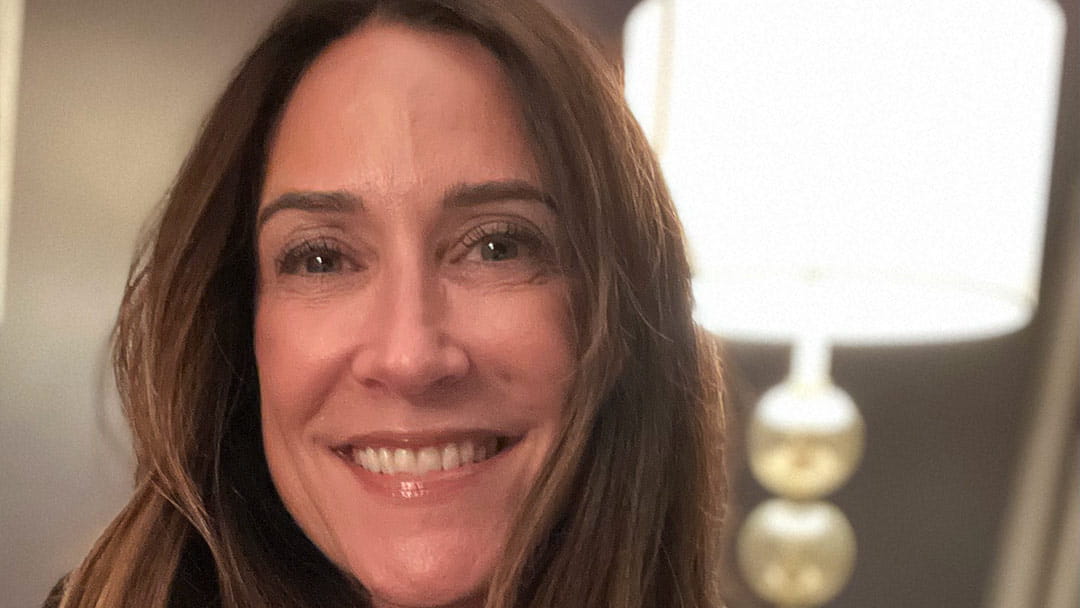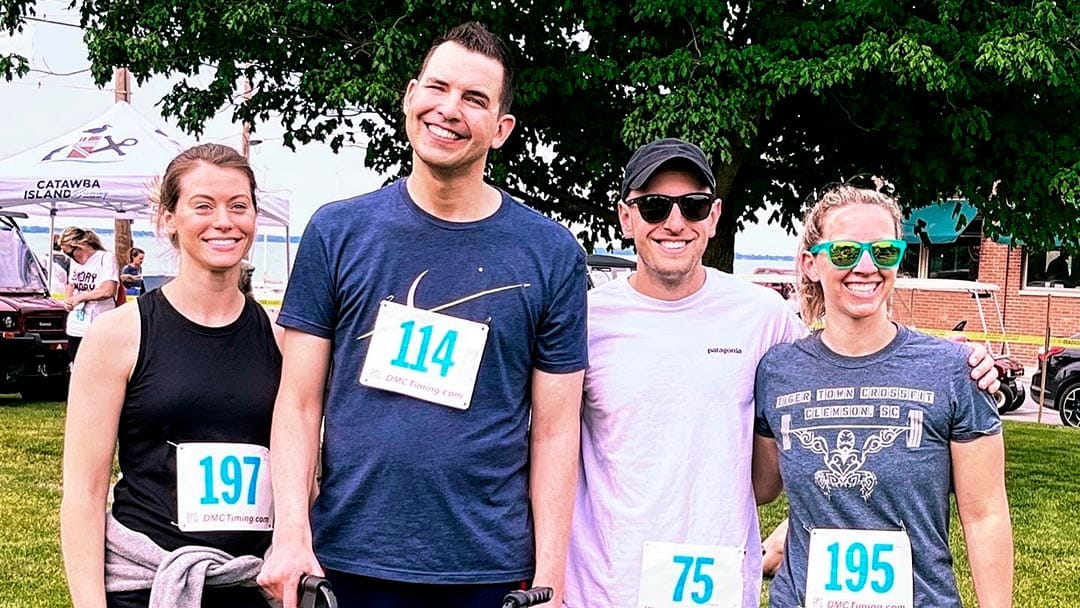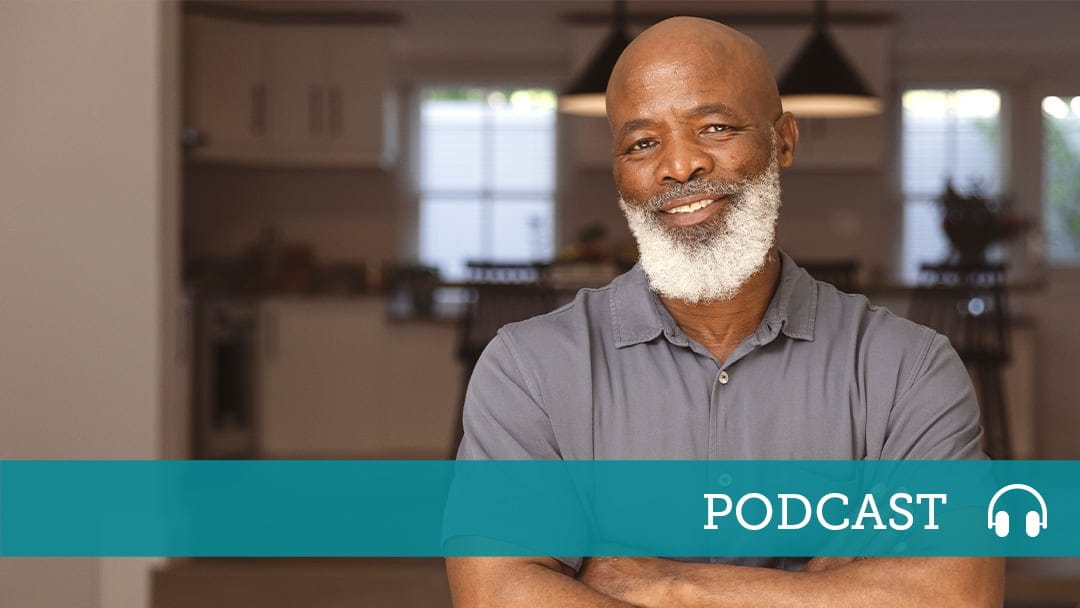
Security crutches cut back worry within the second but additionally preserve our worry over time
Picture by Brooklyn Morgan on Unsplash
All of us need safety. That’s a given. We wish to really feel assured and sure as a result of then we are able to calm down. We really feel comfortable after we know what’s coming subsequent. It’s all human nature.
When our certainty and safety are threatened, our intuition is to guard ourselves. There’s nothing mistaken with feeling that urge to guard. Nevertheless, we get into hassle after we resolve that we “by no means wish to really feel threatened like that once more” and elect to do away with any doubts that pop up round that theme. As soon as we make that call, then any time a risk will get shut, we push it away. If the risk returns, we push it away once more.
After we act on our intention to keep away from the difficulties we have to face, we manufacture (1) extra worry, (2) extra signs, (3) stronger signs, and (4) a better urge to keep away from. Ultimately, we find yourself in a endless cycle of feeling threatened after which attempting to do away with that feeling.
One other manner we resolve the difficulty of risk, whether or not actual or false, is by counting on security crutches. Our top-choice crutch? Avoidance. We retreat and keep away from the risk as a result of we don’t know the best way to clear up it—and since avoiding looks as if the most secure wager.
We lean on a number of crutches, like by no means altering up our routines or persevering with to suppose, analysis, and ask questions as a substitute of performing. If we’ve been relying on these crutches for a very long time, we could hardly discover them. However after we examine them extra carefully, we understand that each one of them are a type of avoidance.
Should you’re a nervous flier, you would possibly get a prescription for a benzodiazepine to assist survive the 24-hour flight to Asia. Whereas giving a toast in a overseas language, you relieve the strain by prefacing it with an apology for any butchered expressions. These security crutches get us via our most feared conditions.
Somebody who’s claustrophobic could arrive on the movie show early to seize an aisle seat, one near an exit, so he can effortlessly duck out of the theater ought to he change into anxious. And the consolation of that seat will (over time) mute the signs of worry: the rumbling in his abdomen, the chilly sweat, the trembling fingers. These bodily indicators are prevented (or a minimum of subdued) because of the proximity of the exit door.
However think about this: It doesn’t matter if the moviegoer makes use of the exit. Having the choice to flee is simply as problematic.
“Ah, thank goodness that exit is only a few steps behind me. If I used to be sitting on the reverse finish of the theater, or if I used to be caught in the midst of the row with strangers on each side, I’d be trapped. That might be horrible. However I’ve received my exit. Thank goodness. I’ll be positive right here.”
See what occurs? We mentally rehearse one thing going mistaken, and that psychological rehearsal reinforces our worry. Leaning on security methods could cut back worry within the second, nevertheless it additionally helps preserve the worry over time. If our predicted disaster doesn’t happen, we assume it’s as a result of we used that security crutch. So, we’ll use it once more subsequent time. And each time after that.
Uncertainty is the sport board on which we’re taking part in. If you resist uncertainty, you then quit territory to Anxiousness. Should you fear about your coronary heart, you cease strenuous train. Should you’re afraid of getting rejected, you don’t ask anybody out on a date. If you again away within the face of any of those threats, you quit floor.
Hold this in thoughts: Anxiousness scores factors towards you every time it will probably get you to maneuver AWAY from doubt and misery and TOWARD consolation and certainty. To fight Anxiousness, you’ve received to push into doubt and discomfort so you possibly can start to take again your territory.
Textual content tailored from Stopping the Noise in Your Head: The New Option to Overcome Anxiousness and Fear, HCI Books, 2016.









